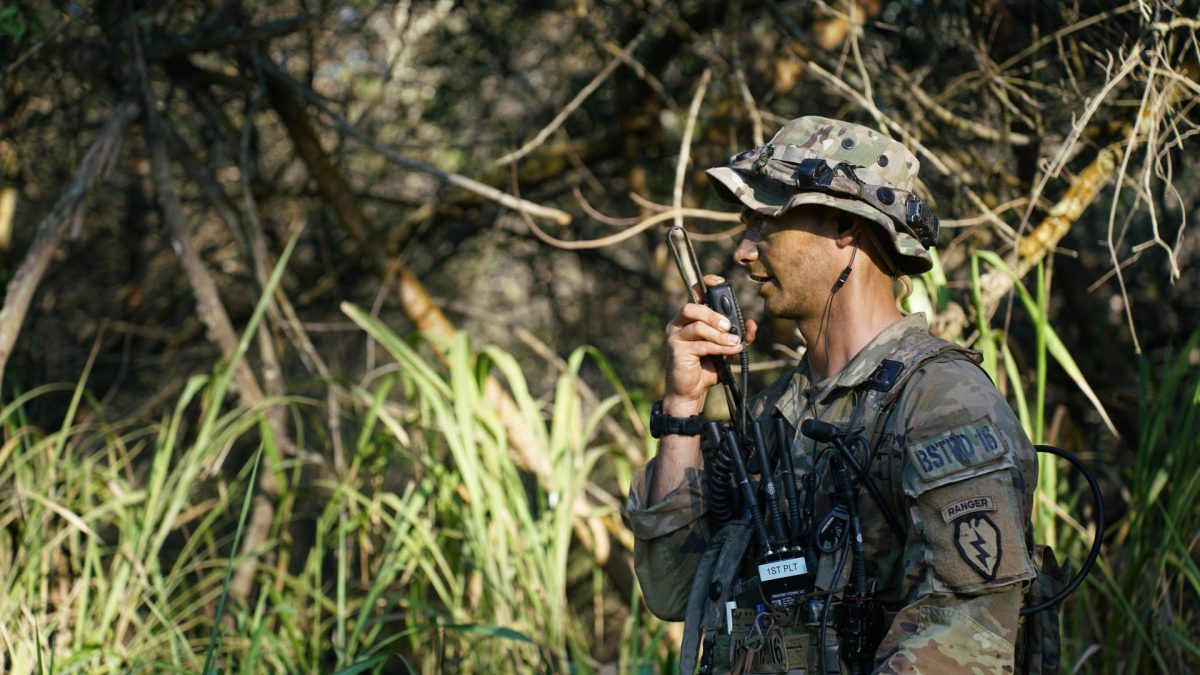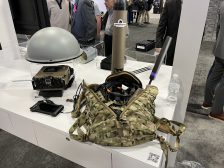Army wants different, more flexible buying models

The Army hopes to experiment with different buying models in order to be more adaptive to evolving threat environments and new technologies, a senior official suggested.
In the industrial model that the military has traditionally operated within, programs and capabilities were mostly hardware based and in a fixed manner that took many years to produce with little room for adjustments along the way or once fielded.
Given the highly dynamic operating environment the military will find itself in against sophisticated threats – and the fact much of what the Pentagon is now fielding is underpinned by software — the Army wants more flexibility.
“I also want to say that we’ve got to look ahead to experimenting with different buying models. Here’s the problem we fundamentally have: Look back to 2016, 2017, where there was a lot of discussion about acquisition reform — it was about how do you get to production faster on new critical technology,” Gabe Camarillo, the undersecretary of the Army, said Thursday at the McAleese Defense Programs Conference.
The challenge now, he explained, is what happens if forces must continuously upgrade that technology and shift gears after they get on an initial production contract.
“That presents some tension,” he said, “because the model right now, which is industrial, every company, every vendor is assuming a long production sale … But at the same time, we need to be able to pivot as quickly as we need to as the pace of technology changes.”
“We also need to figure out how do we reallocate the costs and risks associated with rapidly evolving hardware and software upgrades, especially as all of our weapons systems are now software defined?” Camarillo added.
The Army has exercised some of this flexibility in the past, most specifically beginning with its tactical network modernizations dating back to 2017.
At that time, the Army determined its network was not survivable against sophisticated threats, stemming from Russia’s invasion of Ukraine in 2014, and it unveiled a new paradigm that sought to be more iterative and flexible. As it moved to modernize its network — called the integrated tactical network, which consisted of a combination of program of record and commercial-off-the-shelf tools — it developed what it described as capability sets, as a means of providing technologies to units every two years, each building upon the previous delivery.
Under these capability sets, the Army heavily leveraged middle tier acquisition and sought a flexible approach where as newer, more affordable or more flexible capabilities became available, the Army could pivot its approach to insert those new technologies.
Camarillo noted they are looking at exploring more as-a-service models across the Army. He referenced enterprise software as a prime example as well as satellite communications as-a-service — for which the Army inked a contract recently — and a potential radio as-a-service effort.
“Buying that and experimenting with that as a service where we don’t necessarily have to buy the same terminal and the same piece of hardware equipment, but we can essentially provide a revenue stream over time and share that risk with industry,” he said.
Camarillo told reporters on the sidelines of the conference that while he doesn’t need new authorities from Congress, the key is being clear with industry.
“We just need to make sure that where we are very transparent with industry is in those portfolios, can we come up with a buying model that makes the most sense?” he said. “I’ll just point out SATCOM terminals. That’s a great example. There are significant amounts of investment. But there’s also a lot of customers in that supplier base … Can we just provide you an as-a-service revenue stream and you guys provide us the upgraded hardware and software over time?”
This transparency is important as industry develops investment strategies and production models based on the government’s approach and contracting model. The Army must ensure industry can support that and isn’t caught off guard, otherwise it potentially won’t be able to meet the demand or provide the capabilities that soldiers need.
In line with these efforts, the Army is also looking at its ability to reprogram funds.
“In the absence of flexible funding, the mechanism we have is a reprogramming, which we do a lot of over the course of the year to be able to meet those adapting requirements and emerging technologies. We do a lot of that and we’ve been doing a lot of that for many, many years,” Camarillo told reporters. “How effective it can be, I think just depends on, again, it’s on us to be able to explain what the needs are.”
Lack of proper funding from Congress is what hamstrings the Army the most, he suggested.
“What challenges us more than anything is when you’re in a [continuing resolution] for more than half of the year, you can’t reprogram. You can have the most flexible funding you want to have, but if you can’t use it, or you don’t have it at the right levels, it’s a conversation that really stops dead in its tracks,” he said.






